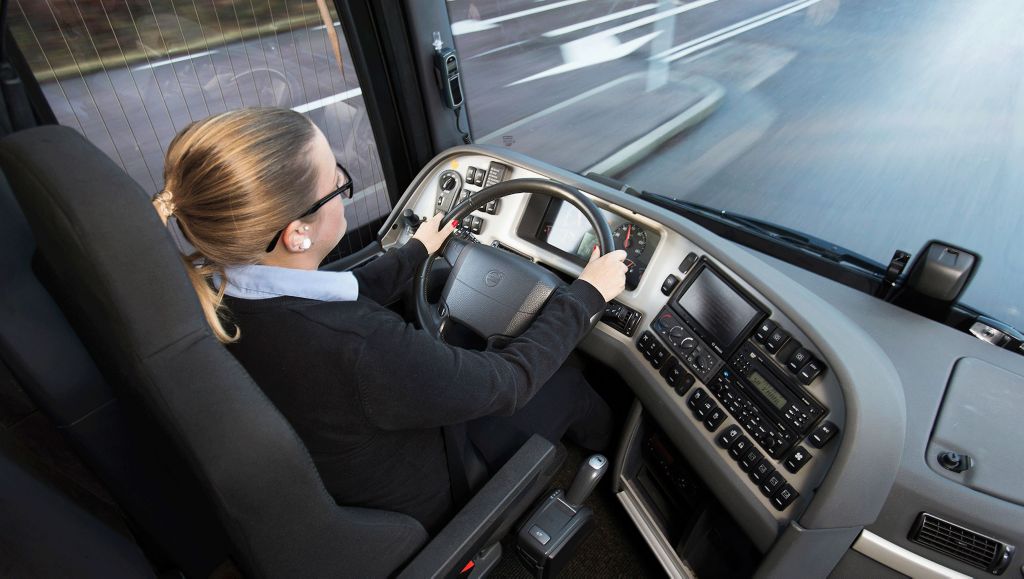Volvo Dynamic Steering immediately noticeable


Axelssons Turisttrafik is a specialised bus transport company. They carry out many different assignments: fixed routes and schedule runs, charters, tourist operations. The work is often varied, with different challenges for both driver and bus.
Johan Jansson has covered a total of 30,000 kilometres in a Volvo 9900 equipped with VDS.
“I often carry sports teams over long distances, but I also ferry sightseeing tours in cities with congested streets,” he relates.
The benefits of VDS are clear. The bus is easy to steer and manoeuvres nimbly even in city traffic. Automatic steering wheel self-centring gives the bus more car-like properties.
“It’s easy to manage urban street corners and parallel-park,” he says. “The difference that VDS makes is immediately noticeable. The bus is stable and easy to drive.”
The difference that VDS makes is immediately noticeable. The bus is stable and easy to drive.
Arne Friedl, CEO of Axelssons Turisttrafik, relates that he has received a lot of positive feedback from drivers who have tested VDS. It feels a little different in the beginning but as drivers get accustomed to how the system works, they report only positive experiences, he says.
“I would love to buy buses with VDS. It’s the future, I reckon this is a technology that will be fitted as standard throughout the industry in another few years. Compare this with when the first bus with air conditioning was launched – now all buses are fitted with it.”
Johan Jansson agrees that VDS is a huge step forward in development. Even his attitudes to Volvo’s buses have changed.
“If anyone had asked me a few months ago I may have answered that I preferred another brand but thanks to VDS I’m now a real Volvo enthusiast,” he says.